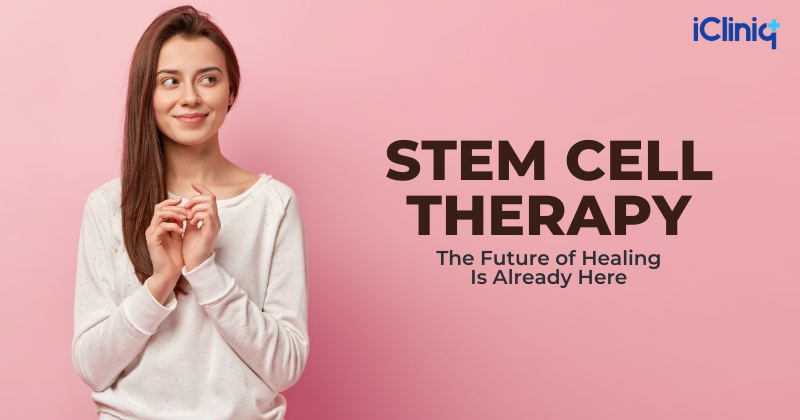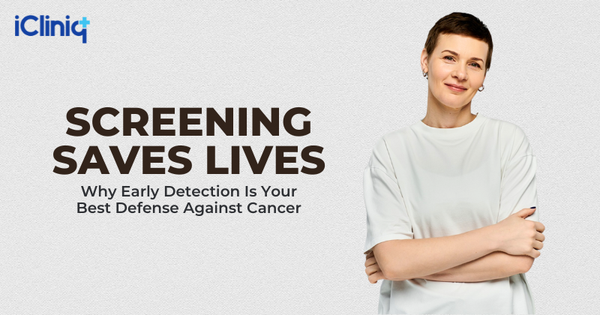Stem Cell Therapy: The Future of Healing Is Already Here

Stem cell therapy is not just something scientists talk about in fancy labs anymore. It is currently being used in hospitals and clinics to help real people. From fixing damaged tissues to giving someone's immune system a fresh start, the possibilities keep growing.
From Science Fiction to Standard Practice
A few decades ago, the idea of using cells to rebuild the body sounded wild. Now, bone marrow transplants, which are basically a type of stem cell therapy, are routine for blood cancers and immune disorders. Some people are also trying newer ways to help damaged hearts heal, restore lost vision, and speed up recovery from bad burns. The principle is simple: use the body's own repair tools to fix what's broken. Some treatments are already proven, but plenty are still being tested before they're considered safe for everyone.
The Many Faces of Stem Cells
Not every stem cell can perform the same tasks.
- Embryonic stem cells can become any cell type in the body.
- Adult stem cells differentiate into specialized cell types.
- Unipotent stem cells are only able to produce one type of cell.
Researchers also reprogram adult cells into induced pluripotent stem cells, which behave similarly to embryonic cells but do not raise ethical issues. Both have advantages and restrictions, so it is crucial to pair the correct cell type with the correct treatment.
Beyond Regeneration: Immune System Reboot
Stem cells not only repair tissue; they can reboot the immune system. Calming inflammation and directing immune cells, they assist the body in healing more harmoniously. This holds promise for autoimmune disorders such as multiple sclerosis and scleroderma. In some cases, doctors completely wipe out the faulty immune system and replace it with healthy cells grown from stem cells. It is not a light procedure; it has real risks, but it is showing promising results.
Ethics, Safety, and the Hype Problem
The hype around stem cells has created a gold rush of unproven treatments. Some clinics advertise miracle cures without real proof, and patients have ended up harmed, sometimes even blinded or developing tumors. Some stem cells also tend to acquire bad mutations over time. Good regulation, proper testing, and honest patient education are the answer to safety. Patients must adhere to evidence-based treatments, and consult with trained medical professionals.
Printing Organs and Personalized Healing
Scientists are combining stem cells and 3D bioprinting in order to cultivate tissue and organs within the laboratory. The printer uses a gel called bioink, layering it into shapes like patches of skin or even mini-organs. Using the patient's own cells means the body is less likely to reject them. It is not cheap, and it's not easy, but it could one day mean there will be no more waiting lists for donor organs.
Stem cell research is moving fast, and the list of what is possible keeps getting longer. There remain large challenges: cost, safety, and patients' rights that only effective treatments make it to patients. But if done correctly, it might revolutionize the way we treat disease in the future.





